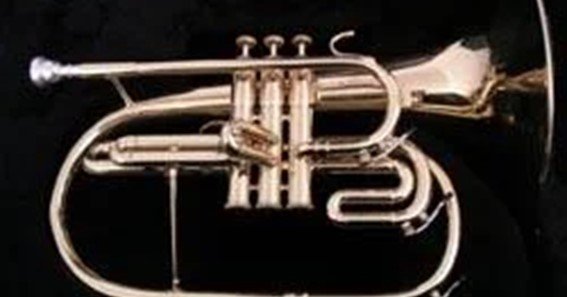A comprehensive understanding of the mellophone fingering chart is essential for musicians aiming to master this versatile brass instrument. The mellophone, commonly used in marching bands, serves as a middle voice between the trumpet and French horn, offering a unique tonal quality.
This guide delves into the standard fingerings, and techniques for effective practice, and addresses common questions to enhance your proficiency.
Understanding the Mellophone Fingering Chart
The mellophone is typically pitched in F, and its fingering system closely resembles that of the trumpet. Each valve combination corresponds to specific notes across various octaves. Below is a standard fingering chart for the mellophone:
| Note | Fingering | Alternate Fingering |
|---|---|---|
| F | Open (0) | |
| F#/Gb | 2 | |
| G | 1 | |
| G#/Ab | 1-2 | |
| A | 2-3 | |
| A#/Bb | 1-3 | |
| B | 2 | |
| C | Open (0) | |
| C#/Db | 1 | |
| D | 1-2 | |
| D#/Eb | 2-3 | |
| E | 1 | |
| F (octave) | Open (0) |
Note: “Open” indicates no valves are pressed. The numbers correspond to the valves: 1 (first valve), 2 (second valve), and 3 (third valve).
For a printable version of this chart, refer to the Mellophone Fingering Chart by The Online Metronome.
Effective Practice Techniques
- Scale Practice: Regularly practicing scales helps internalize fingerings and improves muscle memory.
- Long Tones: Sustaining notes enhance tone quality and breath control.
- Lip Slurs: Transitioning smoothly between notes without changing fingering develops flexibility and embouchure strength.
- Arpeggios: Practicing arpeggios aids in understanding chord structures and improves technical proficiency.
- Etudes and Repertoire: Applying fingerings in musical contexts reinforces learning and keeps practice engaging.
Consistent practice using these techniques will lead to significant improvement in mellophone performance.
FAQ
1. Is the mellophone fingering the same as the trumpet?
Yes, the mellophone shares the same fingering system as the trumpet, making it easier for trumpet players to transition to the mellophone.
2. Can I use a French horn mouthpiece on a mellophone?
While possible, it’s recommended to use a mellophone-specific mouthpiece for optimal intonation and tone quality.
3. How can I improve my intonation on the mellophone?
Regular practice with a tuner, focusing on breath support, and proper embouchure formation can significantly enhance intonation.
4. What is the typical range of the mellophone?
The mellophone typically ranges from F below middle C to C above the staff, though skilled players may extend this range.
5. Are there alternate fingerings for certain notes on the mellophone?
Yes, some notes have alternate fingerings that can assist with intonation adjustments and technical passages.
Mastering the mellophone fingering chart is a fundamental step toward becoming proficient on the instrument. By integrating structured practice routines and understanding the mechanics of fingerings, musicians can achieve greater control and expressiveness in their performance.










